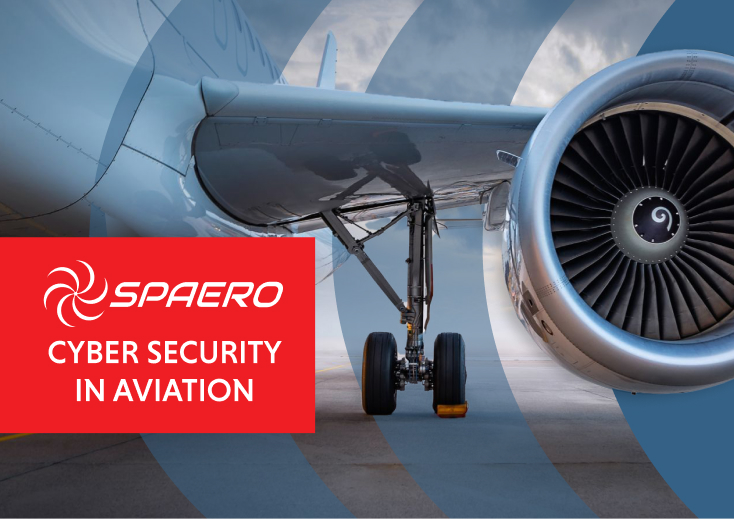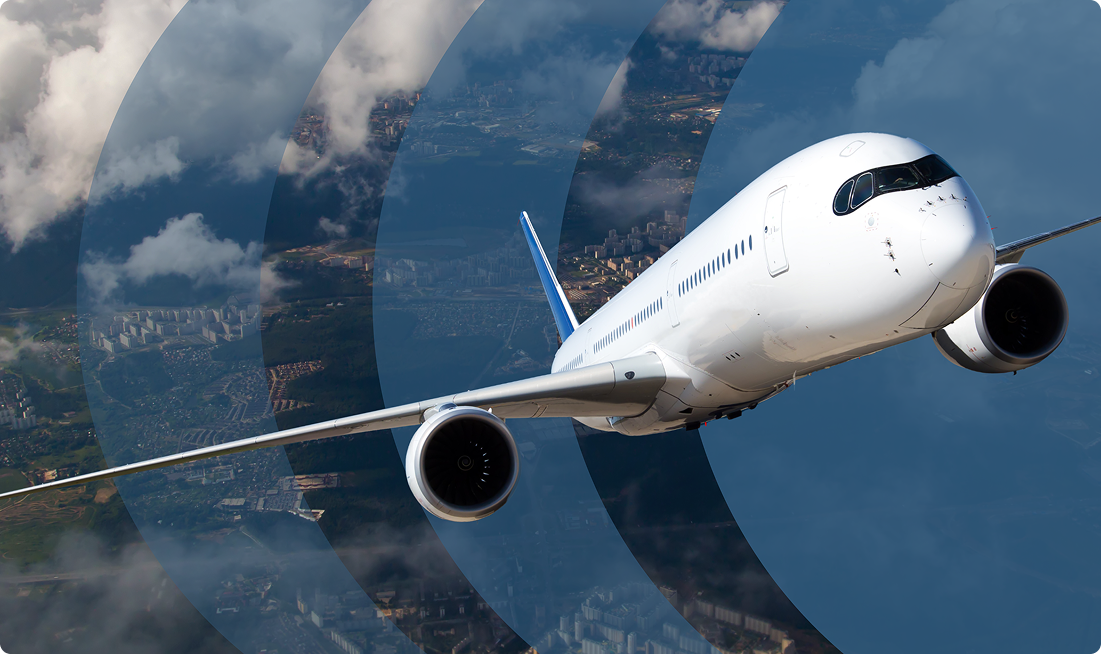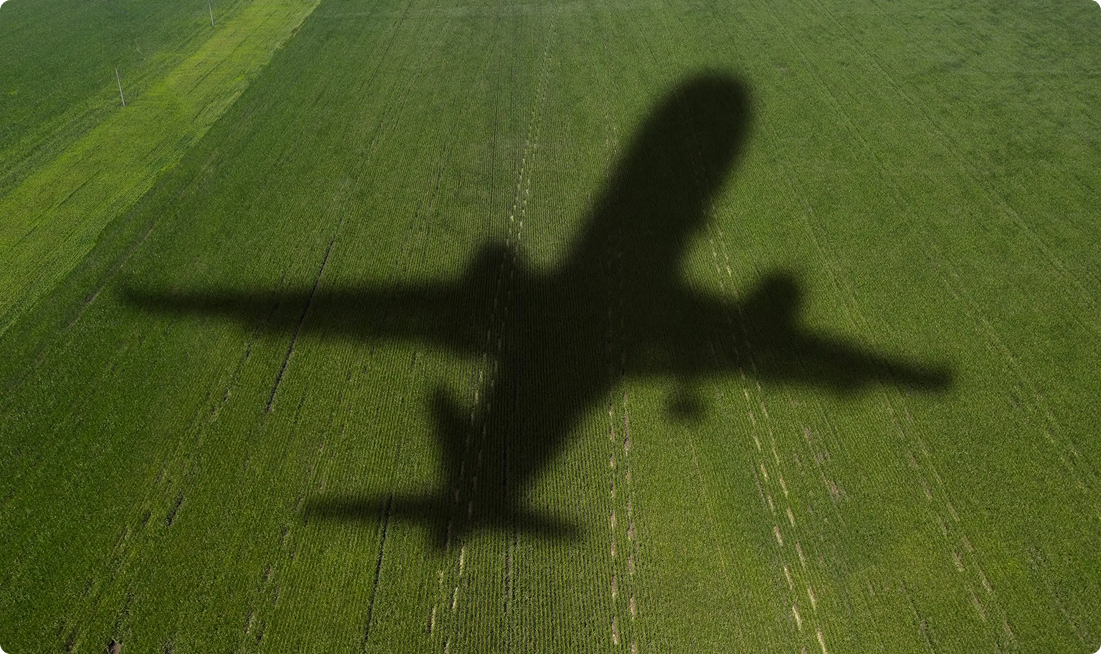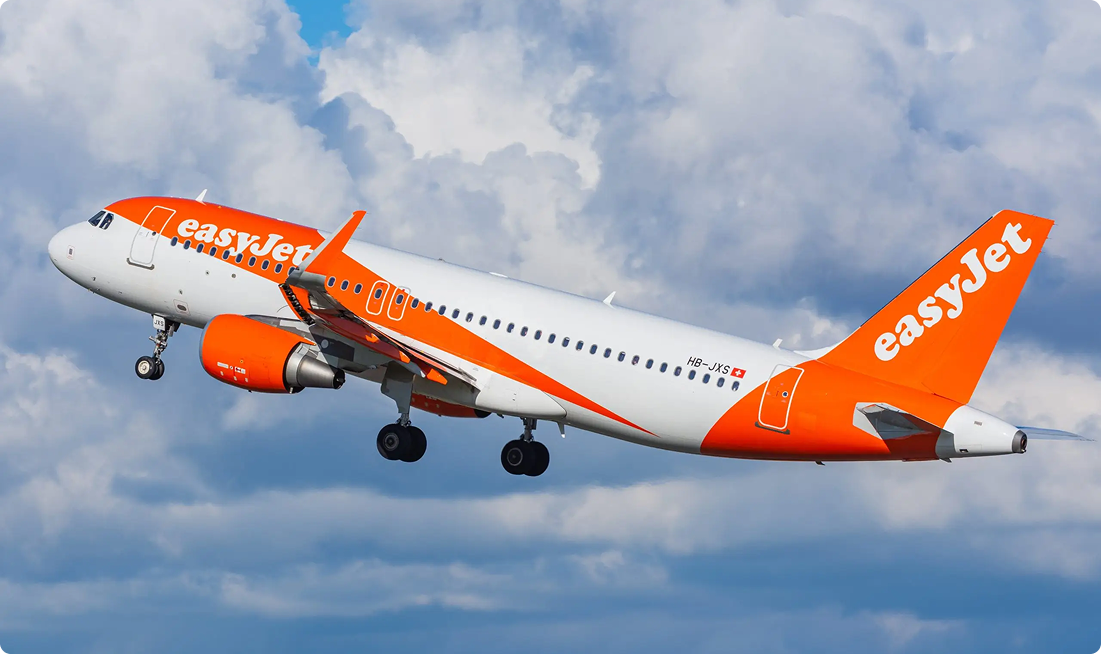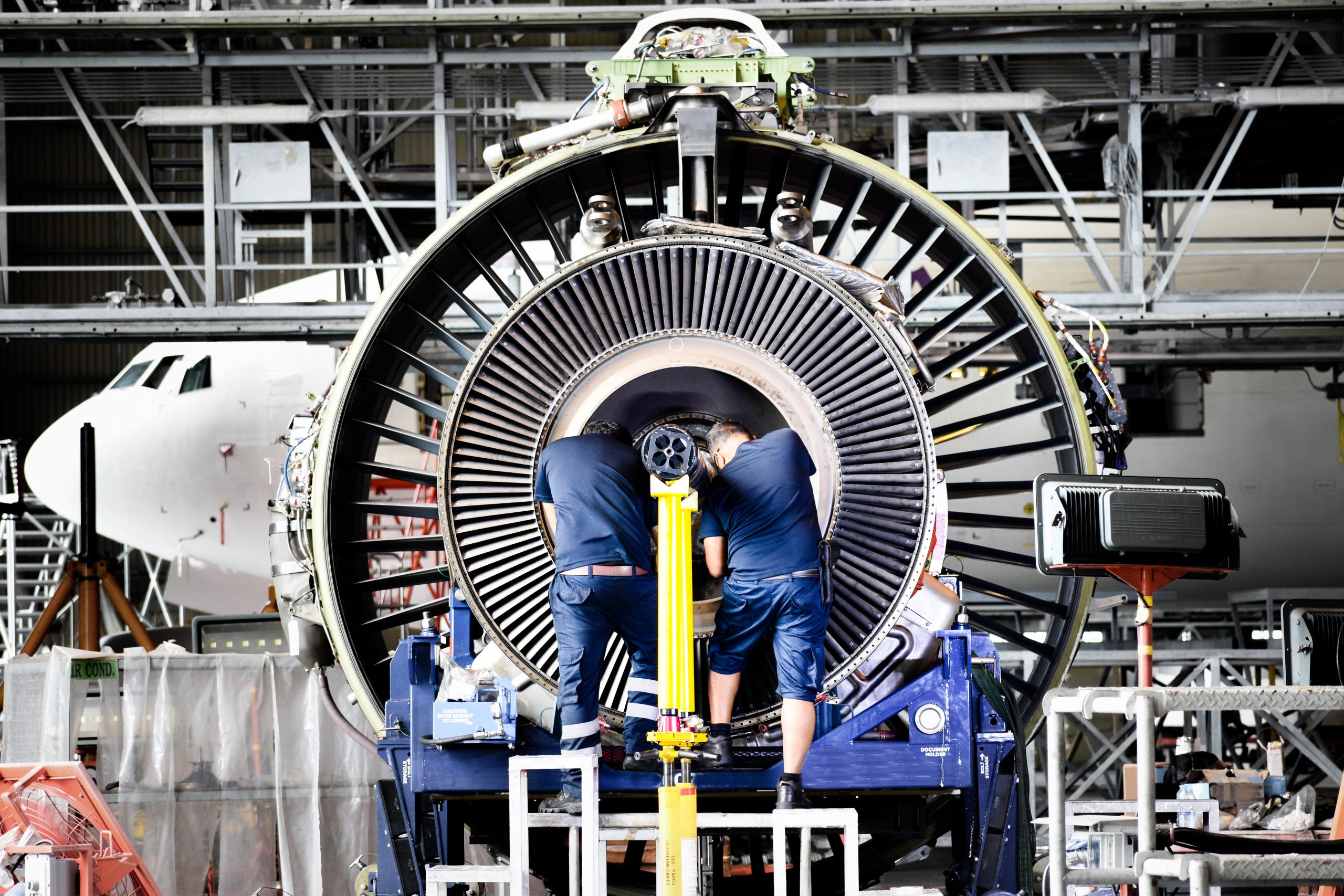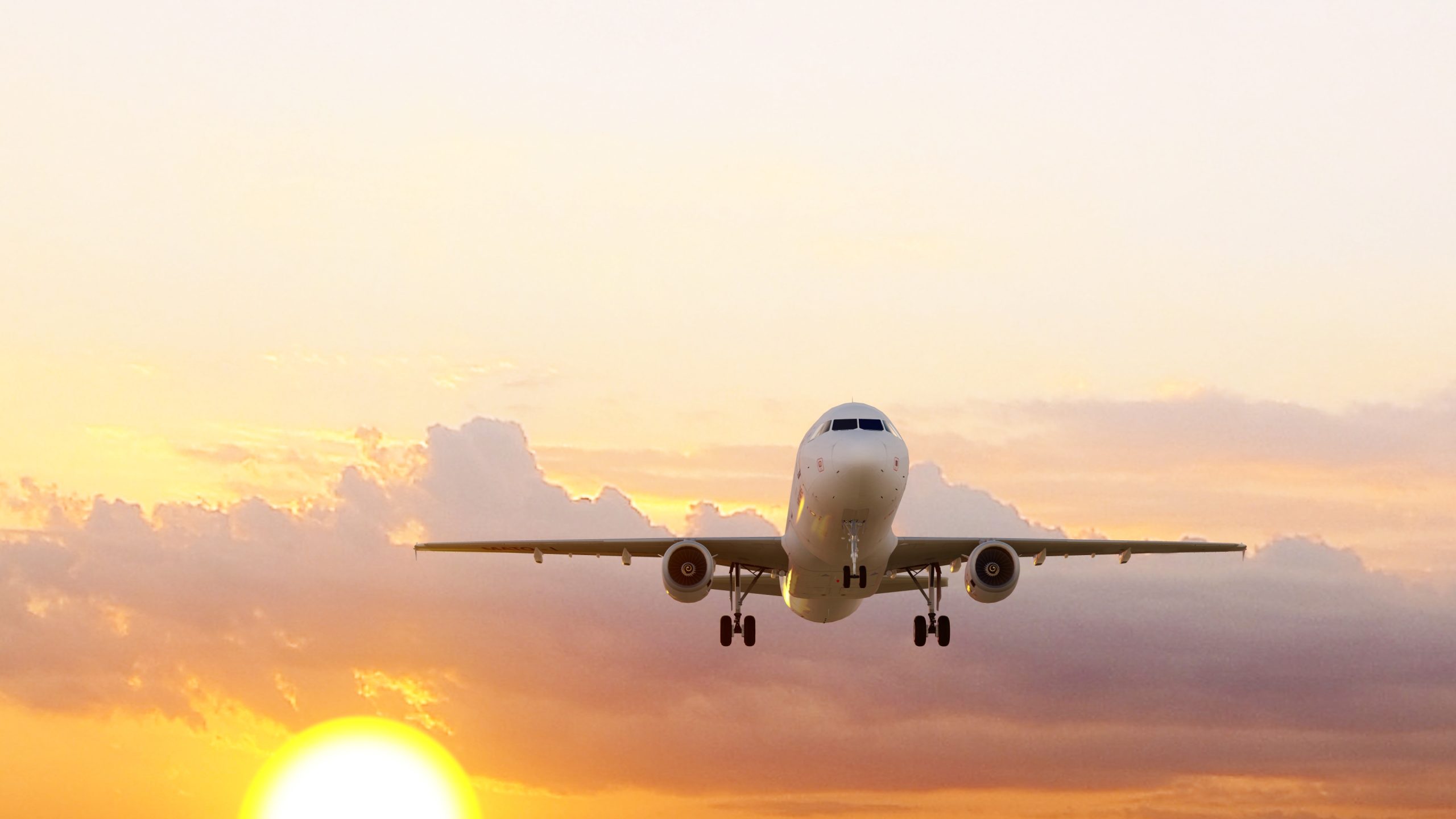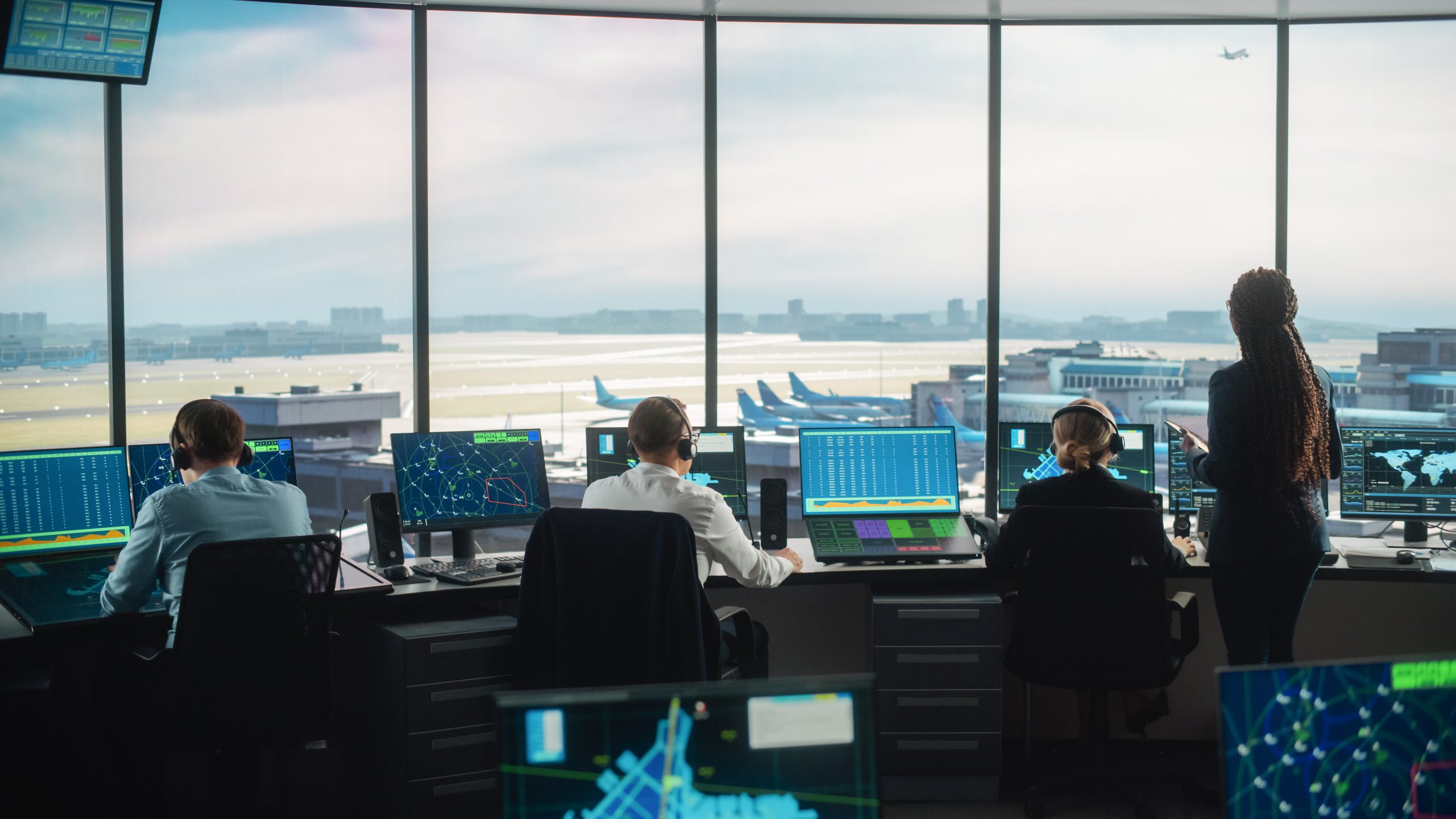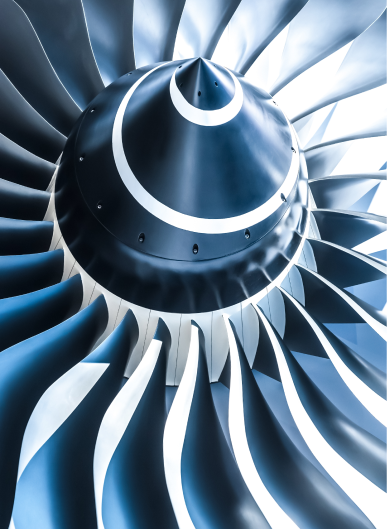
Cyber Security in Aviation: What you need to know
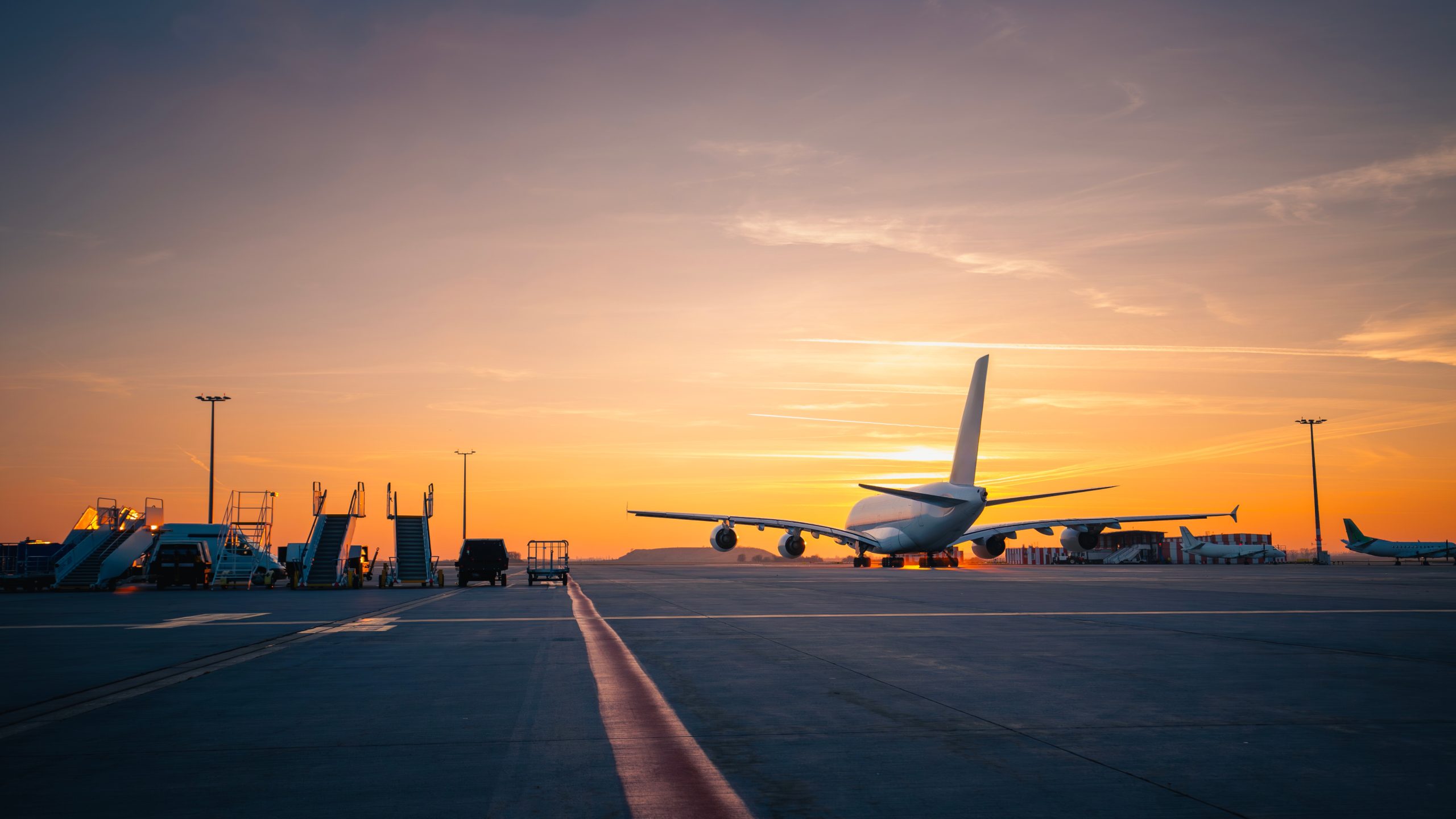
Stay in the loop
Over the past few weeks, we’ve shared a series of posts linking aviation security principles to cybersecurity – because whether it’s protecting an aircraft or a business, the mindset is the same: prevention, vigilance and culture keep us safe.
Here’s a quick recap of the journey we’ve taken:
1️ – Passwords – your cockpit door. Weak passwords are like leaving it unlocked. Use a password manager, avoid re-use, and go beyond the obvious.
2️ – Phishing – the stowaway. Attackers disguise themselves with urgency or authority. Pause, verify, and don’t click in a hurry.
3️ – Multi-Factor Authentication (MFA) – your second key to the cockpit. Add layers: something you know, something you have, something you are.
4️ – Social Engineering – the fake high-vis vest. Attackers manipulate people, not systems. Train, verify, and make ID checks normal.
5️ – Ransomware – grounding the fleet. Backups, segmentation, and rehearsed recovery plans are your redundancy systems.
6️ – Supply Chain Vulnerabilities – the weak link. Vet, monitor, and contract suppliers with security in mind.
7️ – System Updates & Patch Management – scheduled maintenance. Unpatched systems are hidden faults waiting to fail.
8️ – Cybersecurity Culture – the foundation. Just like aviation safety, security must be a shared mindset, not just compliance.
9️ – Incident Response – drills that save time and reputation. Plan, practice, and be ready before the storm hits.
Key takeaways to prevent falling victim:
- Use strong, unique passwords + MFA everywhere.
- Be sceptical of unexpected messages – always verify.
- Keep systems updated – patching closes the doors attackers love.
- Secure your supply chain – demand the same standards from partners.
- Build culture – empower people to report without fear.
- Have a plan – rehearsed responses turn chaos into control.
Just as aviation has become the safest mode of transport through relentless focus on safety culture and continuous improvement, businesses can achieve resilience by applying the same discipline to cybersecurity.
Because in the end – whether you’re flying aircraft or running operations, prevention costs less than recovery.

Join us
For Airlines, Distributors and
Repair Centres
